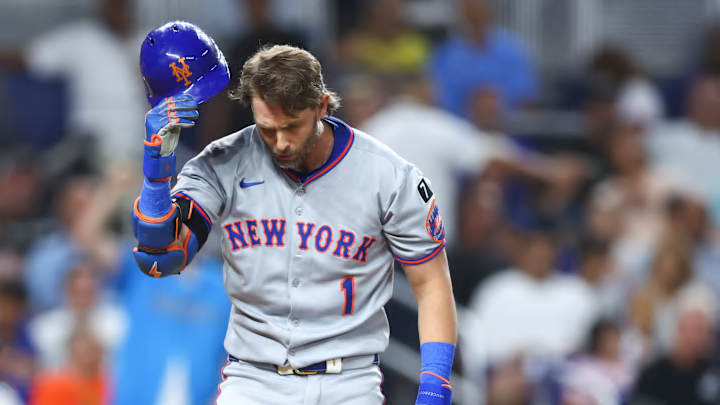The New York Mets' offseason strategy, already facing a complex infield logjam, was just dealt a stunning and unexpected blow. Veteran infielder Jeff McNeil quietly underwent a procedure to address thoracic outlet syndrome (TOS) following the 2025 season. The news, described as an "out-of-the-blue" revelation, landed like a bombshell, immediately re-contextualizing McNeil's entire 2025 campaign and throwing the team's 2026 plans into disarray.
For months, McNeil was viewed as the Mets' most logical trade candidate. With a group of younger infielders like Mark Vientos, Brett Baty, Ronny Mauricio and Luisangel Acuña in the major league roster, moving McNeil and his $15.75 million salary seemed like a necessary, if difficult, step. That step is no longer an option. This diagnosis instantly makes the 34-year-old untradeable, transforming him from a valuable trade chip into the team's most expensive and high-risk gamble for the upcoming season.
A mystery solved, a new problem created
The most immediate impact of this news is that it provides a jarringly clear answer to one of 2025's biggest mysteries: Jeff McNeil's baffling late-season collapse. For the first five months of the season, McNeil was enjoying a solid rebound, silencing critics and looking like his old self. As late as September 3rd, he was posting a robust .266/.357/.457 line, good for a 128 wRC+—well above the league average and a valuable contribution.
Then, he fell off a cliff. In his final 71 plate appearances, McNeil was statistically one of the worst hitters in baseball, putting up an "awful" .125/.211/.172 batting line. As the MLB Trade Rumors article highlights, his average exit velocity plummeted by a staggering 4.5 mph during that stretch. What looked like an inexplicable slump was, in reality, a player physically breaking down. TOS, which involves compression of nerves and blood vessels in the neck and shoulder, can cause numbness, weakness, and pain—a nightmare scenario for a hitter whose entire game is built on bat speed and "feel."
This explanation, however, simultaneously creates a massive new problem for the Mets' front office. Any plan to move McNeil is officially dead. No team in baseball will take on the combination of a $15.75 million salary for a player who will be 34 years old and, most critically, is recovering from a notoriously risky surgery. TOS procedures have a mixed track record at best, and the risk of a player not returning to form is astronomical. The Mets have lost all leverage and are now, for better or worse, "stuck" with McNeil.
With the trade route completely blocked, the Mets are forced to abandon any strategy that involved clearing McNeil's salary or his roster spot. He is no longer an asset to be debated; he is a sunk cost and a locked-in member of the 2026 roster. The front office must now pivot and operate under the assumption that he is their starting second baseman, hoping the surgery was a complete success.
This brings us to the gamble. McNeil's offensive production is now the single biggest question mark for the 2026 Mets. There are two distinct paths forward. The optimistic path is that the "minor" procedure (as his agent called it) fully relieved the impingement, his strength and bat speed will return, and the Mets get the 128 wRC+ hitter back for their money. The pessimistic and, unfortunately, realistic path is that he follows in the footsteps of hitters like Jared Walsh, another All-Star whose power and career were completely derailed by a TOS diagnosis. The Mets are holding their breath, hoping the surgery that solved the mystery of 2025 doesn't end up cursing his offense for 2026.
